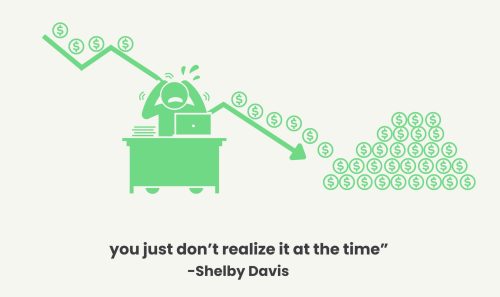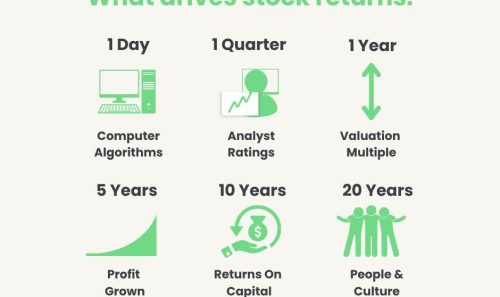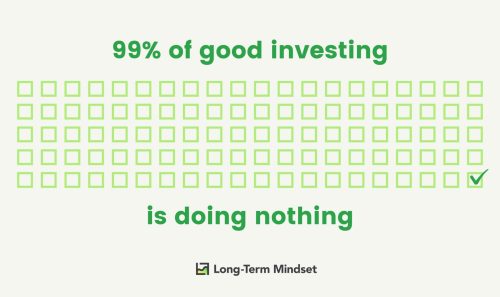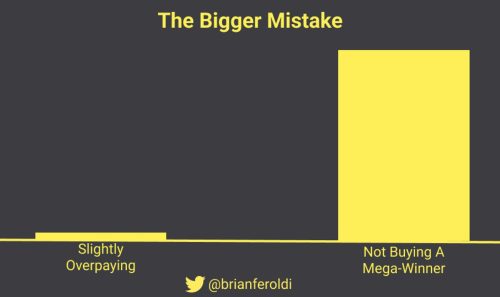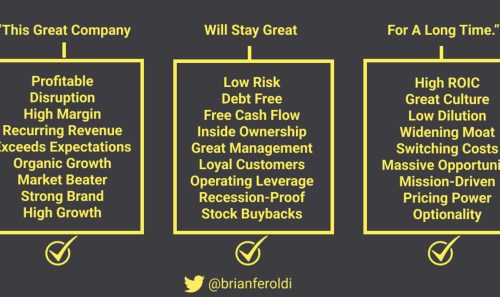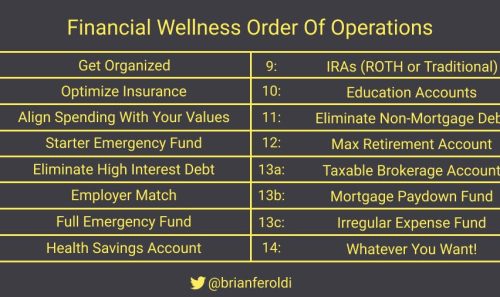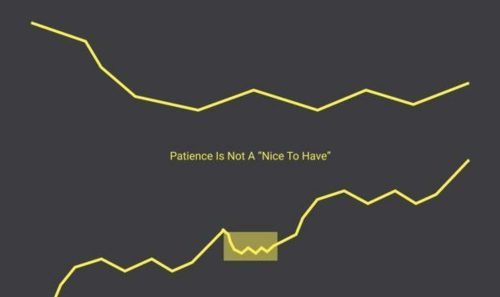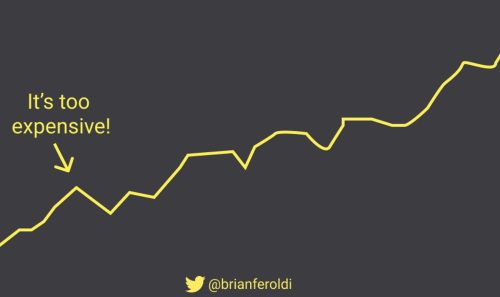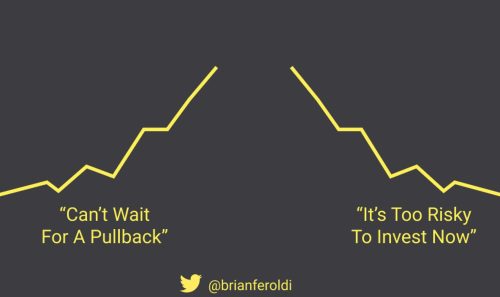🧠 A Quick Quiz
|
View Online | Sign Up | Advertise Welcome to Long-Term Mindset, the Wednesday newsletter that helps you invest better. Today’s Issue Read Time: <3 minutes
Together with Finchat
I (Feroldi here) am a huge fan of visuals. A good chart can relay information 10x faster than numbers or text alone. That’s why I’ve recently become a power user of Finchat. Finchat is a powerful tool that makes it easy to chart hundreds of business metrics with just a few clicks. This includes valuation metrics, financial metrics, analyst estimates, and even custom company KPIs like unit volumes, same-store sales, or even dollar-based net retention. Finchat also allows you to take advantage of cutting-edge AI, drastically speeding up my research process. Finchat is free to try, but the site is so useful that I happily pay for its premium features. Want to try it? Use this link to sign up and knock 25% off the annual price.
Friends, Let’s start this week with a little quiz: Two customers visit a restaurant in the United States. They just came from a yoga class and will soon discuss the previous week’s reading for a book club. They start their meal off with a cup of tea. Which do you think is more likely?
If you’re like most people, you’ll say that these two customers are most likely vegans. We’ve created a picture we don’t normally associate with the typical U.S. male. But that answer is simply not correct. How do we know?
That means the two customers are 12x more likely to be male than vegan! There’s a common mistake at play here: the more details we have about something, the more confident we are that we can see the full picture. The problem: we are completely ignoring base rates – the general prevalence of a given phenomenon across a population. This can have disastrous effects for investors. The more we learn about a particular company – its CEO, the market it’s attempting to conquer, the products it offers, etc – the more confident we are that our investment will crush the market. And yet, what’s the base rate for stocks beating the market? It’s worse than you think: between 2000 and 2020, only 21% of all stocks beat the S&P 500. That means no matter how confident you are in a given company, there’s an ~80% chance it will lose to the market. This doesn’t mean you shouldn’t invest in the company. It just means you should diversify accordingly. Consider:
The good news is that you only need one or two market-beating investments to build wealth. That’s because the out-performers typically outperform by an order of magnitude. So long as you don’t sell those winners, you’ll be rewarded over the long run. And as you know, the long run is the only time horizon that matters to us. Wishing you investing success, – Brian Feroldi, Brian Stoffel, & Brian Withers P.S. — We’re hosting a free investing webinar today at 12:00 PM EST! The topic: 10 Metrics Every Investor Must Know. We’ll cover the metrics, show you how to find them, and how to analyze them – fast. One Simple Graphic:
One Piece of Timeless Content: Mr Money Mustache explains the simple way to get rich. One Thread:
One Resource: Are you a Warren Buffet fan? If so, you might want to turn off Netflix this weekend and binge on CNBC’s Warren Buffett Archive. It has:
One Quote:
More From Us: 📗 If you’ve read Brian Feroldi’s book, he’d love a review. 👨🎓 The next cohort of our Advanced Financial Statment Analysis course starts in March! Click here to get on the list to learn more. |


